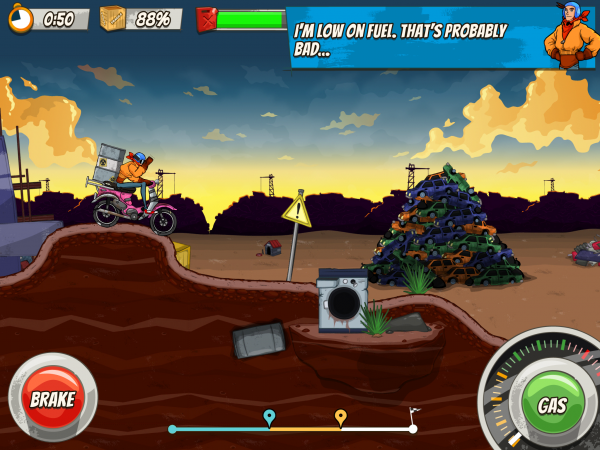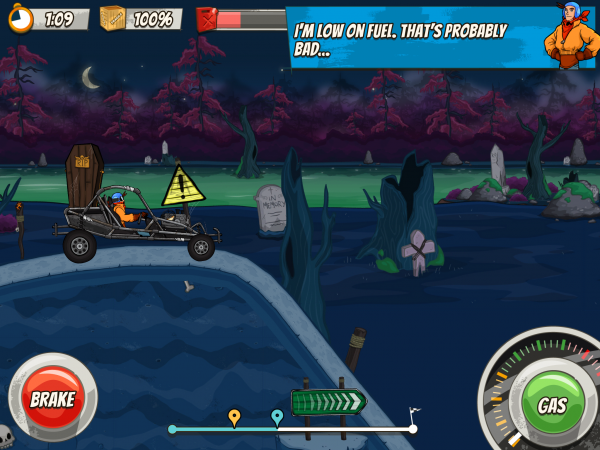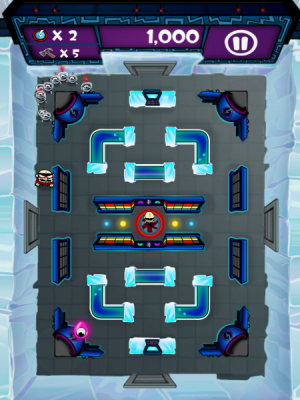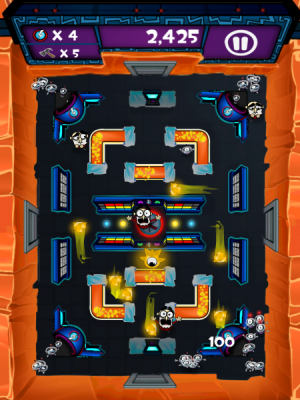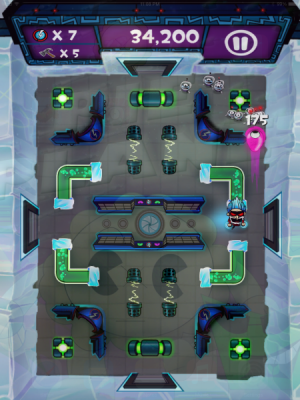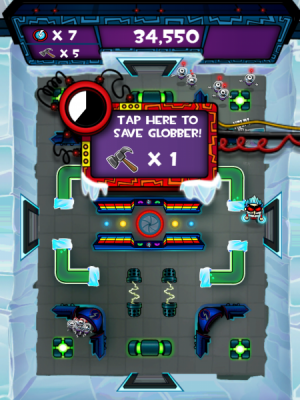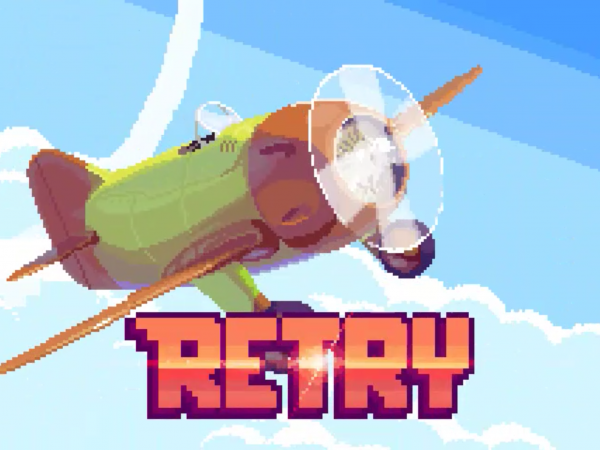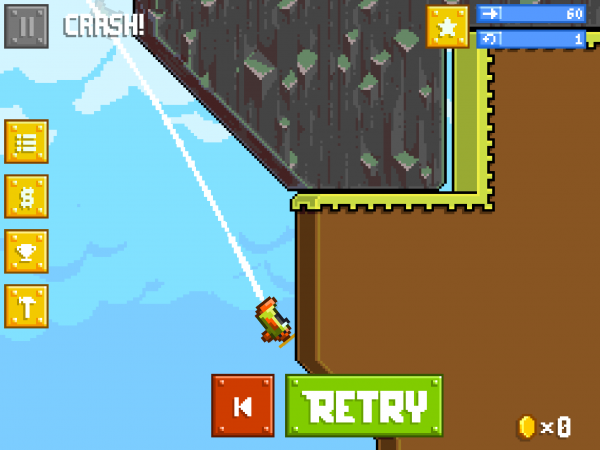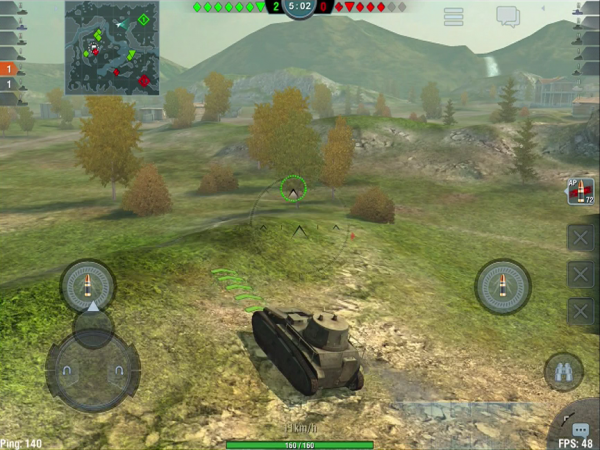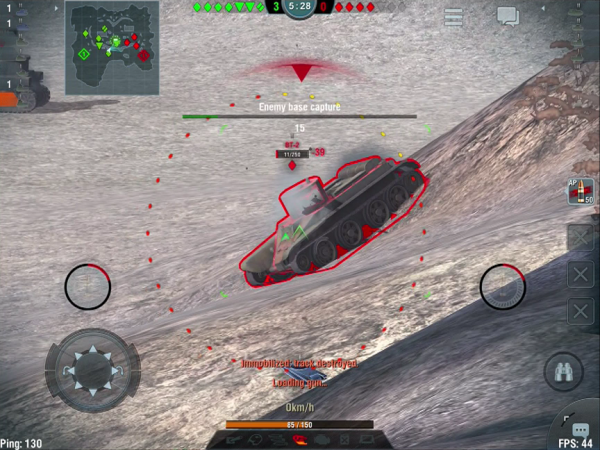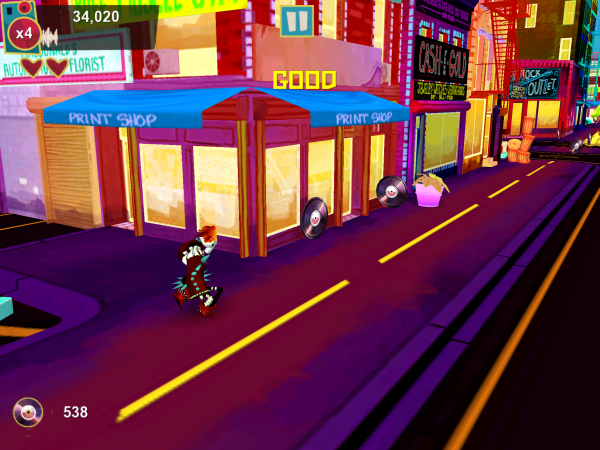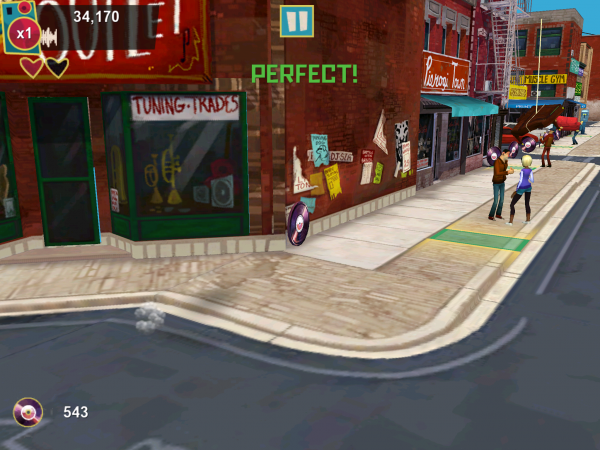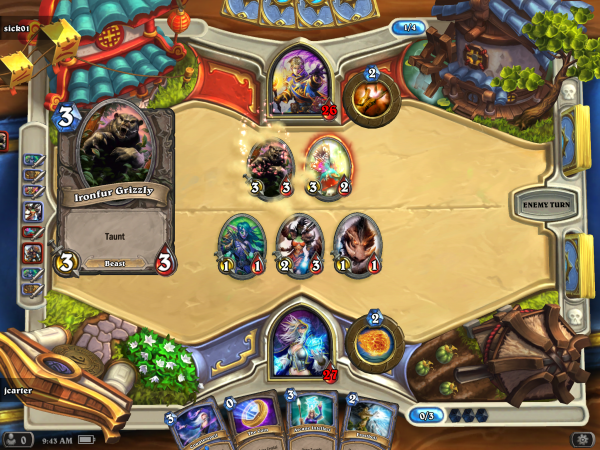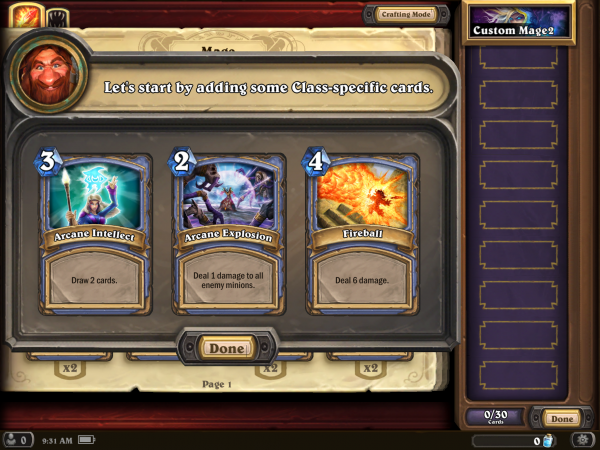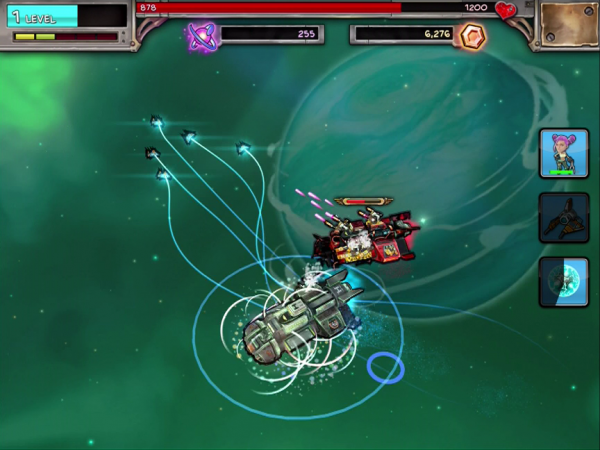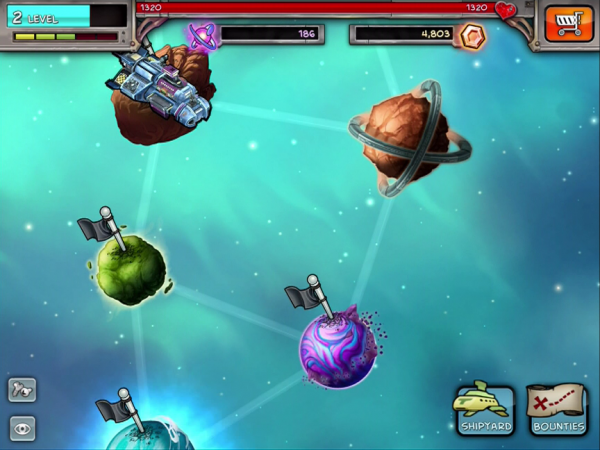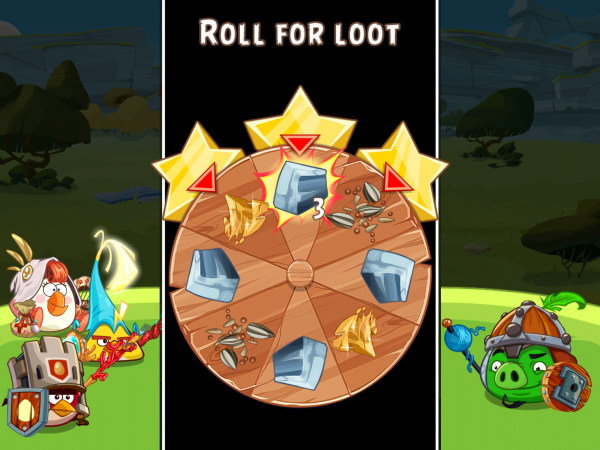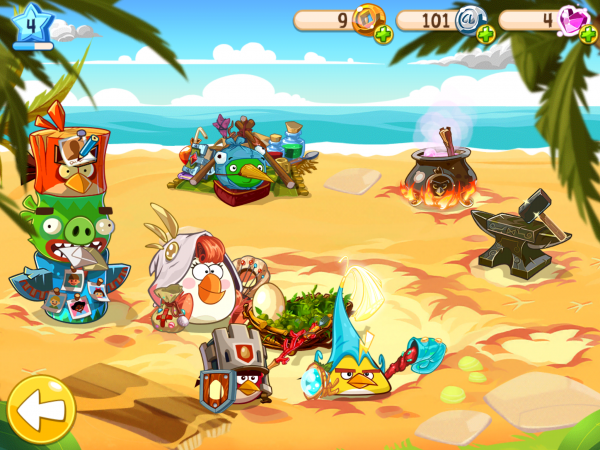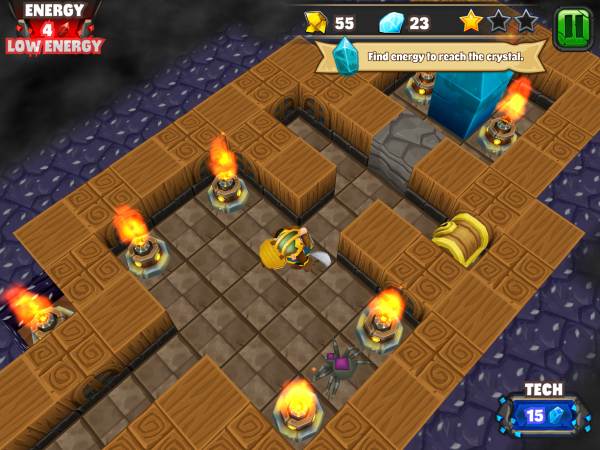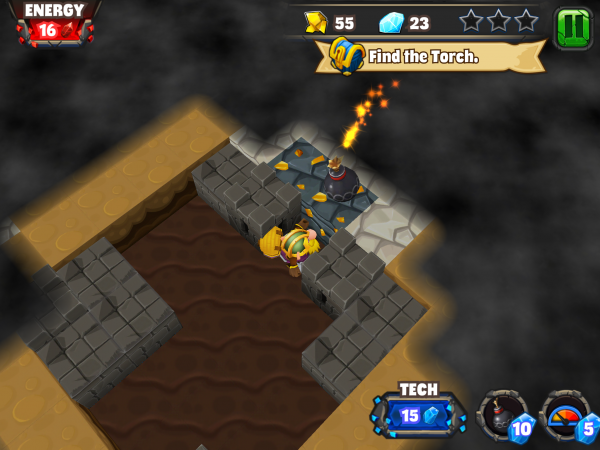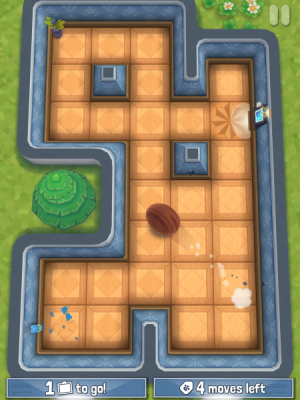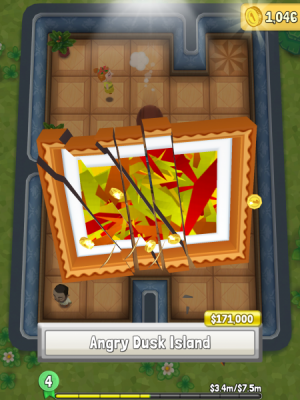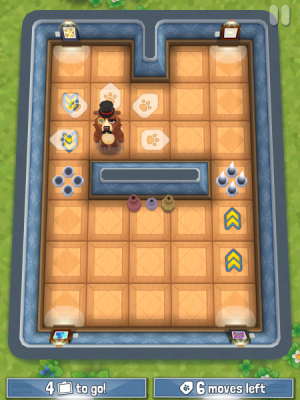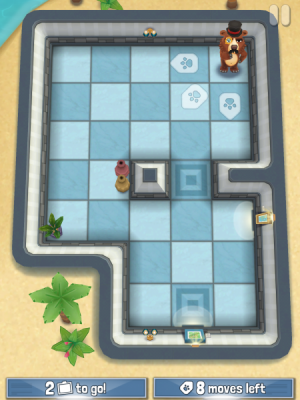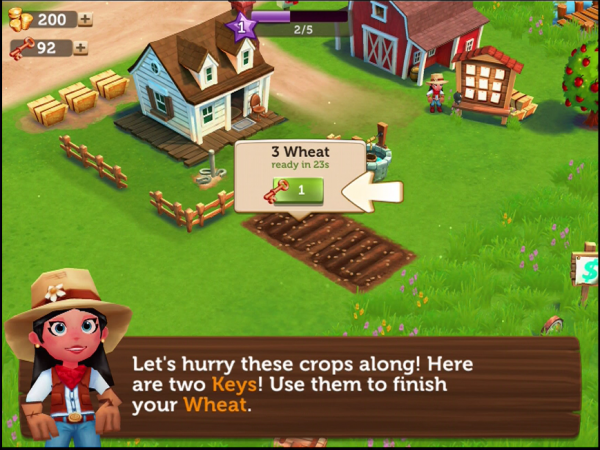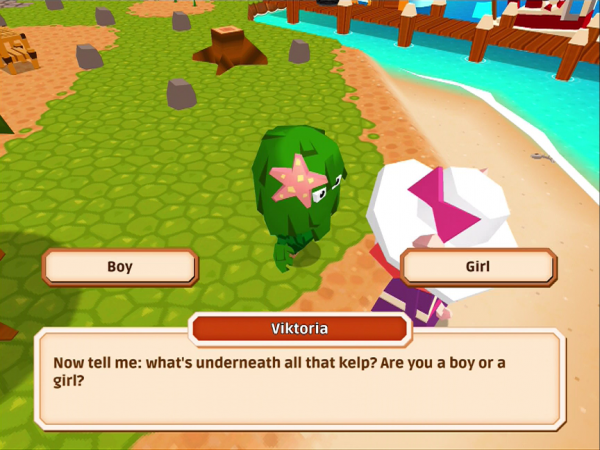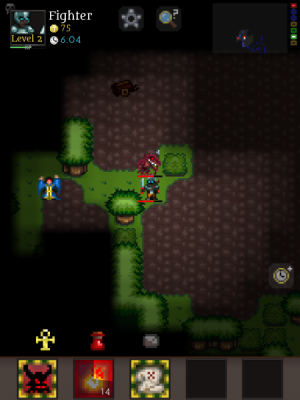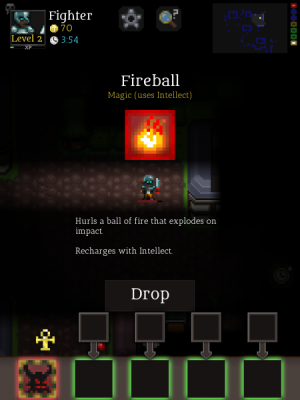It Came From Canada: Godus
After messing around with giant cubes and social experiments, the famously eccentric game designer Peter Molyneux returns to the God game genre with Godus. This spiritual successor to Molyneux’s earlier game, Populous, is currently in beta on PC and has just soft launched on the New Zealand App Store. We let absolute power corrupt us absolutely in this edition of It Came From Canada!
Witness and shape the beginning of human history in Godus. As a benevolent deity, players will guide their followers from a single hut on a beach at the dawn of time up until around the Roman Empire, although the game could certainly continue from there. The main way to achieve this is by molding the Earth and allowing the population to expand. It’s almost sad mowing down thick forests to let humanity proliferate like a virus, but such is life. There don’t seem to be any threats to the tiny citizens, like predators or natural disasters, so players can just focus on reproduction. As the population grows, the player’s godly power increases - granting them new skills like the ability to shift oceans or terraform more parts of the single, continuous map.

As more of the cold, unconquered North gives way to the player’s bright civilization, players will encounter ships and beacons allowing them to interact with other players online. In fact, the grand prize for finishing 22Can’s previous game Curiosity was becoming the God of Gods in Godus, along with a share of the profits. However, in many ways the game works best as an isolated experience, an entire little world unto itself.
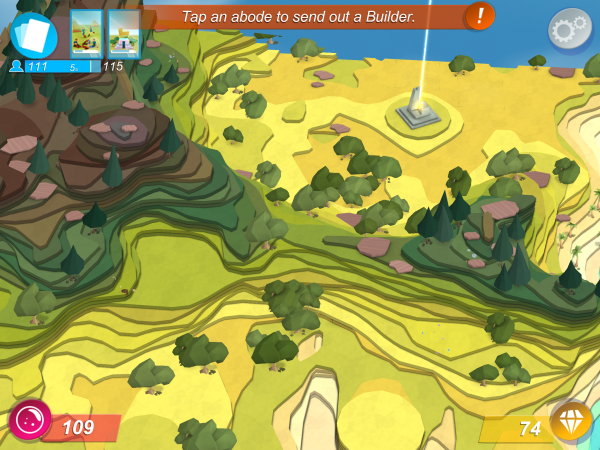
Still, Godus successfully captures both the tedium and the power trip of what being an all-knowing, all-powerful force must feel like. Players can get their hands on a world of their own when the game fully launches.
[gallery size=”thumbnail”]



